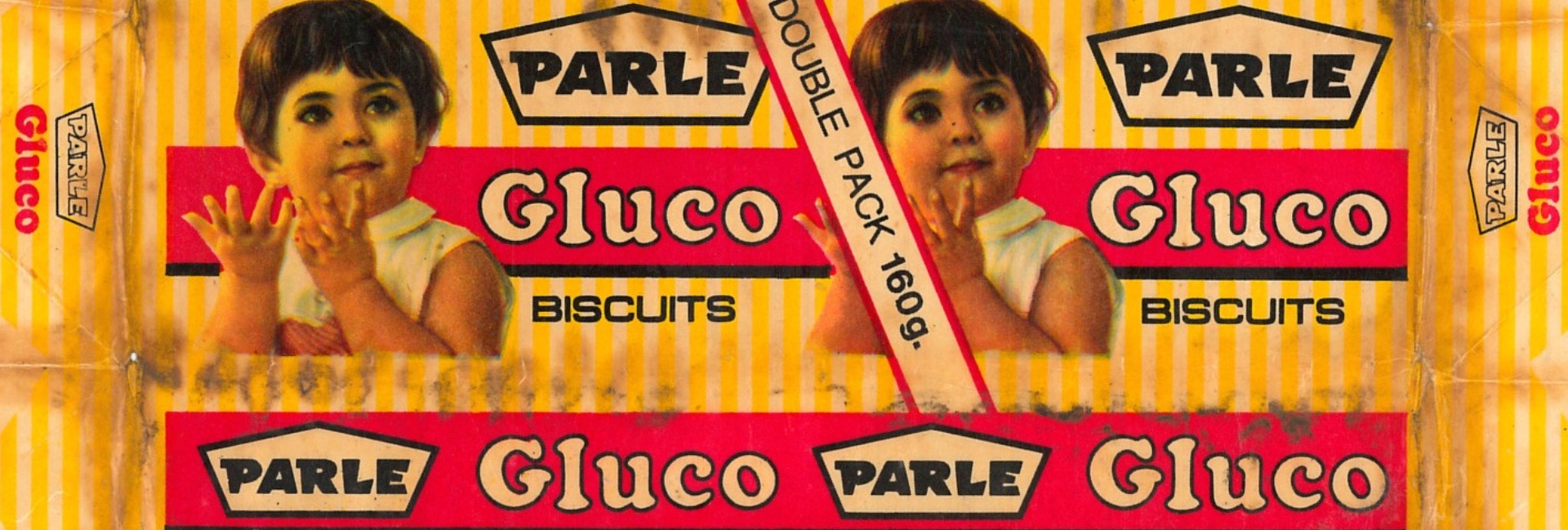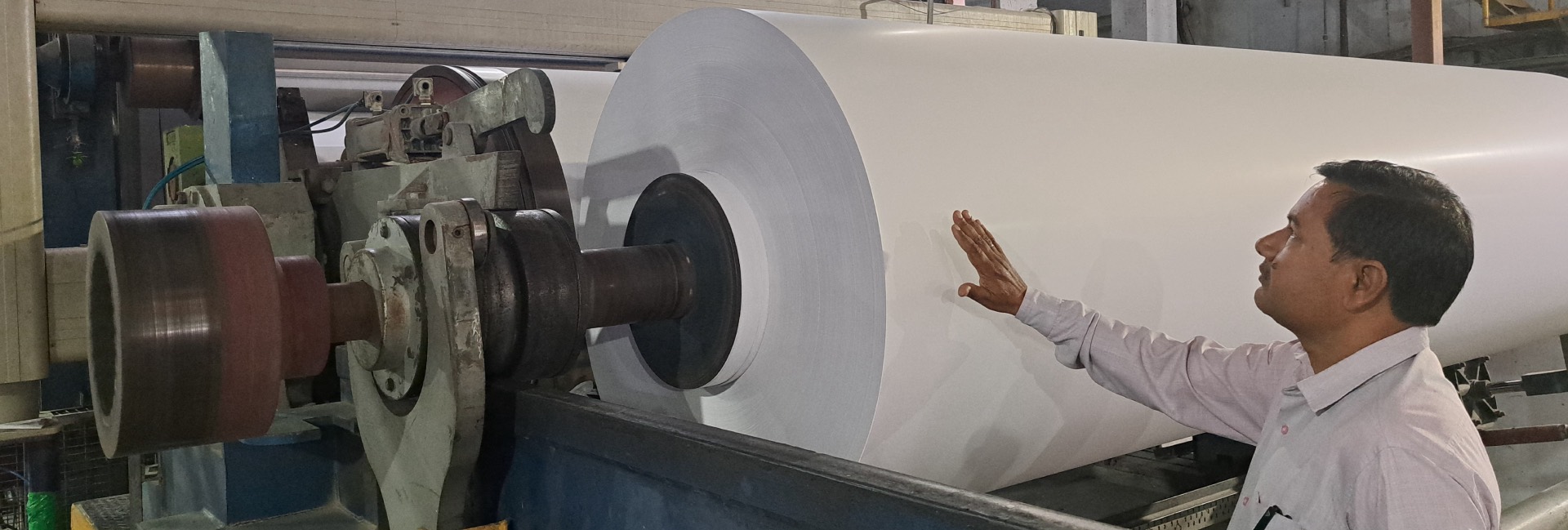A few days back, I faced an interesting problem. The problem was the absence of a problem from a particular section of one process. You might be curious about how the mere absence of a problem can be a problem. But, to me, it was really a problem- a serious problem.
Well, when there is no problem, you can be happy. However, in fact, during that problem free time, it is really the need of time to be sure that there is really no problem at all; or we are just unable to see the problem. In most of the cases, the problem is there, but we often overlook that.
Your business is going on well. Your product is well accepted in the market. Your sales volume are OK, you are getting payments against your invoices timely. Still, you need to explore and find out, if there some other supplier trying to enter that market. But in case the another supplier fails in supplying your USP product, still you might be in danger. Seems funny. Let me share one real case as told by an ex-employee of below mentioned paper mill-
Parle-G started in 1939, is and has been one of the most sold biscuit brand. A cream-coloured, yellow-stripped, wax-paper wrapper with a photo of a cute young girl, containing 10-12 biscuit with the company’s logo on it and you would know these are Parle-G biscuits. Even after 75 years of its birth, it is still known for its superior quality and taste across the length and depth of the country.
Parle-G, being the world’s largest selling biscuit brand, accounts for more than half of the total revenue of the company (Business Standard, 2011). Even in FY2021, the sales volume were nearly Rs.16000 Crore. Before 2001, the biscuit was being sold in paper packaging. Well, if the product sales volume is high, you know the quantity of packaging required will also be huge.
Coming to the point, the paper used for wrapping Parle-G was special and was being made by a single paper mill. There was no alternate supplier that was able to supply that particular quality of paper that time. The paper was being purchased at a price of Rs.60/- per kg that time. The paper mill was manufactuing this paper at a cost of Rs.36/- per kg, thus having a very good profit. As per the paper professionals of that time, the cost of production should have been within the range Rs.24-26 per kg; but the mill, did not pay attention towards cost reduction and efficient operation as the profit margins were already high.
Another paper mill, tried to enter the field and started developing that particular grade of paper. The earlier paper mill was a little worried. However, the second mill could not succeed even after a few efforts, and finally decided to drop the development of that wrapping paper.
A few days later, a meeting was going on in Parle-G office to decide whether they should stick to the conventional paper packaging or switch over to Poly Propylene (PP), which gave better printing results, better sealing properties, increased shelf life etc. compared to paper. Also, considering the keeness of the other paper mill to develop that packaging paper, considering their dependency on the sole supplier, inspite of facing no problem since long, a relatively smaller team of Parle-G wanted to proactively make a big change in their path. However, a relatively bigger fraction of team was still in favour of paper packaging, considering its traditional approach for the company that was being followed for more than past sixty years. Such a major change is usually difficult, and paper was seemingly winning over PP during the hot discussions.
Meanwhile, located in other city, the paper mill came to know that the second paper mill had dropped the trials to try manufacture of that grade of paper. They were now the undisputed leader of the Parle-G packaging market. Very exited, they sent a price revision (obviously increase) letter to Parle-G.
In the Parle-G conference room, a fax machine was installed, and during the ongoing discussions, a fax message popped up. The letter from paper mill read that the price of paper was being revised from Rs.60 per kg to Rs.70 per kg. Obviously, this letter made a conclusive impact on the discussions. Parle-G decided to switch over to PP, and further orders to that paper mill were stopped with immediate effect.
The paper mill, in absence of demand from its only supplier, tried to make several other grades of paper, but could not compete the market due to very high cost of production, poor productivity etc. Finally, the mill had to shut down its operations permanently. Earlier, the mill had faced no problem, and it had to shut down its operations. On the other hand, Parle-G, who could see the problem hiding behind a ‘No Problem’ zone timely found a suitable solution.
So, it may really be a big problem if you feel there is no problem.





